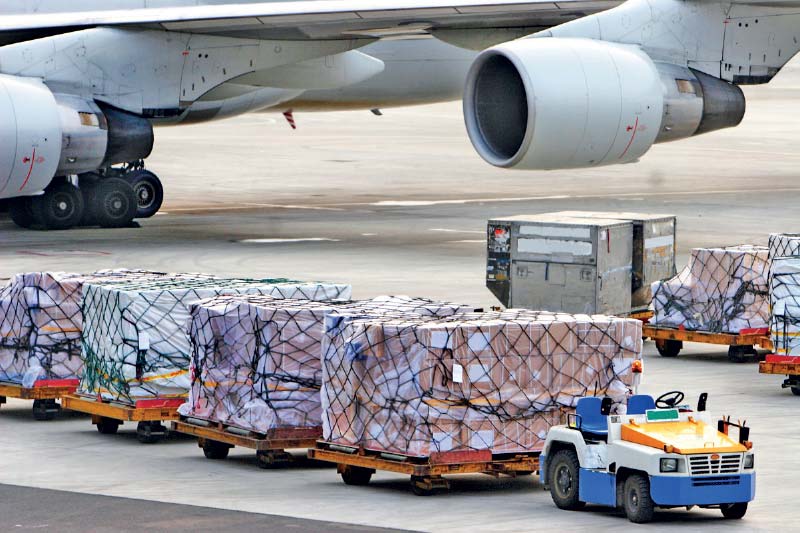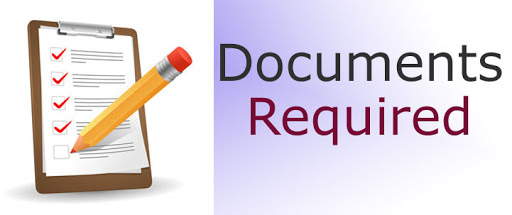- By TOP CHINA FREIGHT
- September 27, 2025
- Air Freight, Shipping
Table of Contents
Air freight out of China is a vital shipping method for businesses seeking speed, reliability, and flexibility. With China being the world’s largest exporter, companies rely heavily on air shipping to meet tight deadlines and reduce supply chain risks. However, understanding costs, transit options, and customs requirements is essential for making informed decisions. This guide explains everything you need to know about air freight out of China, from pricing structures to optimization strategies.

What is air freight out of China and why is it important?
Air freight out of China refers to the transportation of goods by aircraft from Chinese airports to destinations worldwide. Unlike sea freight, which is slower but cheaper, air freight provides speed and efficiency, making it suitable for urgent or high-value shipments.
Moreover, with global supply chains facing disruptions, air freight offers a stable solution to ensure goods reach markets quickly. Businesses shipping electronics, medical devices, fashion, or perishable goods often choose air freight for guaranteed reliability.
How much does air freight out of China cost?

The cost of air freight depends on multiple factors, such as weight, dimensions, distance, and seasonal demand. Carriers usually charge based on the higher of actual weight or volumetric weight. Additionally, peak seasons like Chinese New Year and Q4 see rate increases due to demand surges.
Average Air Freight Rates (per kg) from China (2025):
| Destination | Transit Time | Average Cost (USD/kg) | Notes |
|---|---|---|---|
| USA (West Coast) | 3–5 days | $4.5 – $6.5 | Fastest option for e-commerce goods |
| USA (East Coast) | 5–7 days | $5.5 – $7.5 | Longer route, slightly higher cost |
| Europe | 4–6 days | $4.0 – $6.0 | Popular for luxury and fashion |
| Middle East | 3–5 days | $3.5 – $5.5 | Strong demand for electronics |
| Africa | 5–8 days | $5.0 – $8.0 | Limited routes, higher surcharges |
What factors influence air freight pricing from China?
Airlines charge by the greater of actual or volumetric weight.
Longer routes generally mean higher rates.
Fluctuating fuel prices impact overall costs.
Rates rise during holidays and peak shopping seasons.
Each country imposes additional charges.
How long does air freight out of China take?
Transit times depend on the destination and airline capacity. While air freight is the fastest option, delays can occur during customs clearance or peak seasons.
Transit Times by Destination (Average):
| Destination | Direct Flight Time | Total Delivery (incl. handling) |
|---|---|---|
| USA | 12–16 hours | 3–7 days |
| Europe | 10–14 hours | 4–6 days |
| Middle East | 8–12 hours | 3–5 days |
| Africa | 12–18 hours | 5–8 days |
What documents are required for air freight out of China?

Proper documentation ensures smooth customs clearance and avoids costly delays.
Checklist of Key Documents:
| Document | Purpose |
|---|---|
| Commercial Invoice | Declares value and description of goods |
| Packing List | Provides cargo details for customs inspection |
| Air Waybill (AWB) | Contract of carriage between shipper & airline |
| Export License (if needed) | Required for restricted goods |
| Certificate of Origin | Confirms where goods were manufactured |
Additionally, shippers should prepare HS codes accurately to avoid reclassification and penalties.
What types of goods are best suited for air freight?
Air freight out of China is particularly effective for:
- High-value electronics like smartphones and laptops
- Perishable items such as seafood and flowers
- Pharmaceuticals requiring strict handling conditions
- Fashion and luxury goods with short market cycles
- Urgent industrial parts to avoid production downtime
Therefore, businesses that prioritize speed over cost often benefit the most from air freight solutions.
How does air freight compare to sea and rail shipping?
Choosing the right mode of transport depends on budget, urgency, and cargo type.
Comparison of Shipping Modes:
While air freight is costlier, its reliability and speed often justify the investment.
How can businesses reduce air freight costs from China?
Cost optimization is possible through strategic planning. Here are some proven techniques:
1.Book Early:
Secure space before peak seasons.
2.Consolidate Cargo:
Combine shipments to reduce cost per kg.
3.Flexible Routes:
Choose secondary airports with lower surcharges.
4.Partner with Forwarders:
Gain access to negotiated airline rates.
5.Avoid Peak Times:
Ship during off-season when rates are lower.
Case Study: Reducing air freight costs for an e-commerce business

A mid-sized e-commerce company in Germany imported fashion accessories from China. Initially, they shipped weekly in small batches, paying $6.2/kg. By consolidating shipments into bi-weekly loads, negotiating with a forwarder, and selecting secondary airports, they reduced costs to $4.7/kg while maintaining a delivery time of under 6 days.
This example shows how optimization strategies can significantly reduce logistics expenses without compromising delivery speed.
Should companies use express courier or standard air freight?
Companies can choose between express couriers (like DHL, UPS, FedEx) and standard air freight.
Comparison:
| Option | Transit Time | Cost | Ideal For |
|---|---|---|---|
| Express Courier | 2–5 days | High | Small parcels, urgent delivery |
| Standard Air | 4–8 days | Moderate | Larger shipments, cost-sensitive |
Therefore, businesses must evaluate shipment size, urgency, and budget to select the most efficient option.
Conclusion
Air freight out of China remains a cornerstone for global trade, offering unmatched speed and reliability. While costs are higher compared to sea or rail, businesses shipping high-value or urgent goods find it indispensable. By understanding pricing factors, preparing accurate documents, and optimizing shipping strategies, companies can save costs and improve supply chain efficiency.
Need a Shipping Quote?
If you want expert guidance and peace of mind, our team is ready to assist.
TJ China Freight offers tailored solutions to help businesses of all sizes ship more reliably from China.

FAQ
Q1:Is air freight from China faster than sea freight?
Yes, air freight is significantly faster, typically 3–7 days compared to 25–40 days by sea. It’s ideal for urgent or time-sensitive shipments.
Q2:Can I ship dangerous goods by air freight out of China?
Yes, but special handling and documentation are required. Lithium batteries, chemicals, and flammable goods must comply with IATA regulations.
Q3:How do I calculate volumetric weight for air freight?
Volumetric weight is calculated as (Length × Width × Height in cm) ÷ 6000. Airlines charge by whichever is greater—actual or volumetric weight.
Q4:Are customs duties included in air freight charges?
No, customs duties and taxes are separate. Importers must pay these upon arrival, based on the product’s HS code and value.
Q5:Do airlines offer door-to-door delivery from China?
Most airlines only handle airport-to-airport. However, freight forwarders can arrange door-to-door services including pickup, customs, and delivery.
